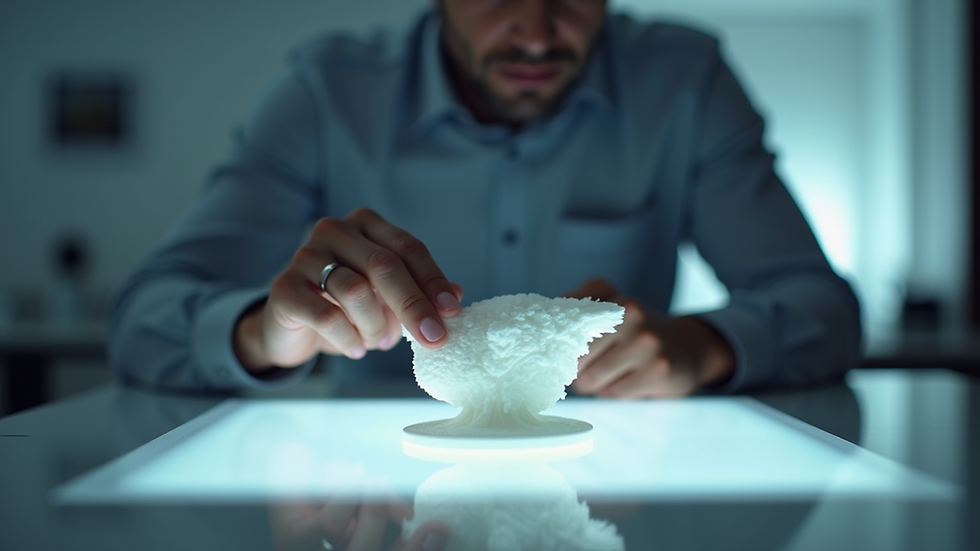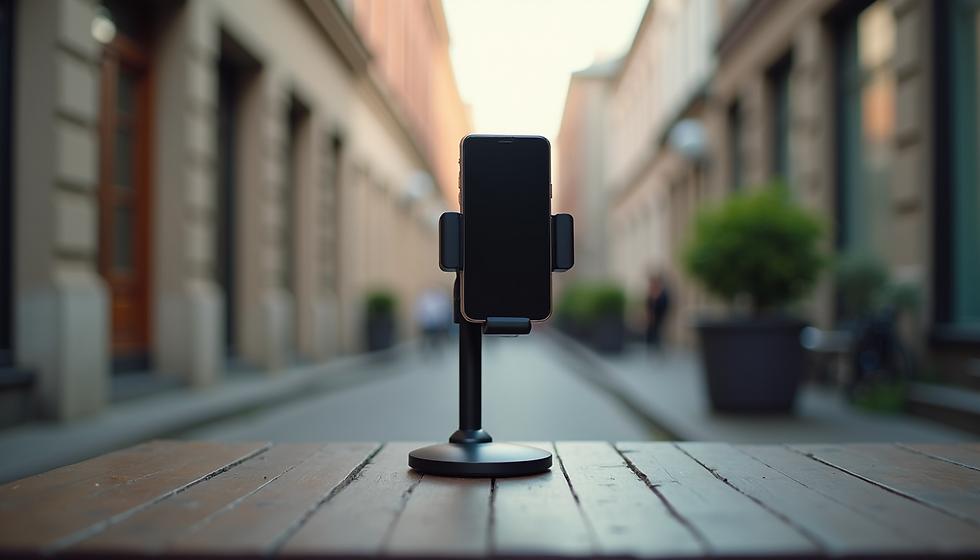Ultimate Guide: How to Order Custom 3D Prints
- Wizard3D Admin

- Jul 5
- 4 min read
Updated: Jul 7
In today's world, 3D printing has transformed the way we create and design. Whether you are an artist, an engineer, or just someone with a creative idea, custom 3D prints can bring your vision to life. But how do you go about ordering these prints? This guide will walk you through the entire process, making it easy and enjoyable.
Understanding 3D Printing
3D printing, also known as additive manufacturing, is a process that creates three-dimensional objects from a digital file. The printer builds the object layer by layer, using materials like plastic, metal, or resin.
This technology has opened up new possibilities for customization. You can create anything from prototypes to unique gifts.
Before you order, it’s essential to understand the basics of 3D printing.
Types of 3D Printing Technologies
There are several types of 3D printing technologies. Here are the most common ones:
Fused Deposition Modeling (FDM): This is the most popular method. It uses thermoplastic filaments that are heated and extruded to create layers.
Stereolithography (SLA): This method uses a laser to cure liquid resin into solid objects. It’s known for high precision and smooth finishes.
Selective Laser Sintering (SLS): This technique uses a laser to fuse powdered materials, creating strong and durable parts.
Understanding these technologies will help you choose the right one for your project.
Finding a 3D Printing Service
Once you know what you want to create, the next step is to find a reliable 3D printing service. Here are some tips to help you choose the right one:
Research Online
Start by searching for local and online 3D printing services. Look for reviews and testimonials to gauge their reputation.
Compare Prices
Prices can vary significantly between services. Get quotes from multiple providers to find the best deal.
Check Material Options
Different services offer various materials. Make sure the service you choose has the material that fits your project needs.
Evaluate Customer Support
Good customer support is crucial. Reach out with questions and see how responsive they are.
Preparing Your Design
Now that you have chosen a service, it’s time to prepare your design. Here are some steps to follow:
Create a 3D Model
You can create a 3D model using software like Blender, Tinkercad, or Fusion 360. If you are not familiar with design software, consider hiring a designer.
File Formats
Most 3D printing services accept STL or OBJ file formats. Make sure to export your design in one of these formats.
Check Dimensions
Ensure your model is the correct size. Double-check the dimensions before submitting your file.
Optimize for Printing
Consider the following when optimizing your design:
Wall Thickness: Ensure your model has adequate wall thickness for strength.
Support Structures: Some designs may need support during printing. Check if your model requires these.
Overhangs: Minimize overhangs to avoid printing issues.
Placing Your Order
With your design ready, it’s time to place your order. Here’s how to do it smoothly:
Upload Your File
Most services have an easy-to-use interface for uploading your design. Follow the instructions carefully.
Select Material and Finish
Choose the material and finish that best suits your project. Some services offer options like matte or glossy finishes.
Review Your Order
Before finalizing, review all details. Check the material, size, and quantity.
Payment
Complete the payment process. Most services accept credit cards and other payment methods.
Tracking Your Order
After placing your order, you should receive a confirmation email. This email often includes a tracking number.
Stay Updated
Keep an eye on your email for updates. Many services will notify you when your order is in production and when it ships.
Receiving Your Custom 3D Print
Once your order arrives, it’s time to inspect your custom 3D print. Here’s what to do:
Unboxing
Carefully open the package. Take your time to avoid damaging the print.
Inspect for Quality
Check for any defects or issues. Look for:
Surface imperfections
Missing parts
Incorrect dimensions
If you notice any problems, contact the service immediately.
Post-Processing
Depending on your project, you may want to do some post-processing. This can include sanding, painting, or assembling parts.
Tips for a Successful 3D Printing Experience
To ensure a smooth experience, keep these tips in mind:
Start Small: If you are new to 3D printing, start with a small project to test the waters.
Ask Questions: Don’t hesitate to reach out to the service with any questions. They are there to help.
Be Patient: Custom prints can take time. Allow for production and shipping time in your planning.
Learn from Feedback: If you receive feedback on your design, use it to improve future projects.
Real-Life Examples of Custom 3D Prints
To inspire you, here are some real-life examples of custom 3D prints:
Prototyping for Businesses
Many businesses use 3D printing for prototyping. For instance, a startup might create a prototype of a new product to test its functionality before mass production.
Unique Gifts
Custom 3D prints make fantastic gifts. Imagine giving a personalized figurine or a custom-designed piece of jewelry.
Home Decor
People are using 3D printing to create unique home decor items. From vases to wall art, the possibilities are endless.
The Future of 3D Printing
As technology advances, the future of 3D printing looks bright. We can expect:
More Materials: New materials will become available, expanding the range of possible prints.
Faster Printing: Improvements in technology will lead to faster printing times.
Greater Accessibility: As prices drop, more people will have access to 3D printing.
This means more creativity and innovation in various fields.
Wrapping Up Your 3D Printing Journey
Ordering custom 3D prints can be an exciting adventure. By following this guide, you can navigate the process with ease.
From understanding the technology to placing your order, each step is crucial. Remember to take your time, ask questions, and enjoy the creative process.
With the right approach, your custom 3D print can become a reality, bringing your ideas to life in ways you never imagined.




Comments